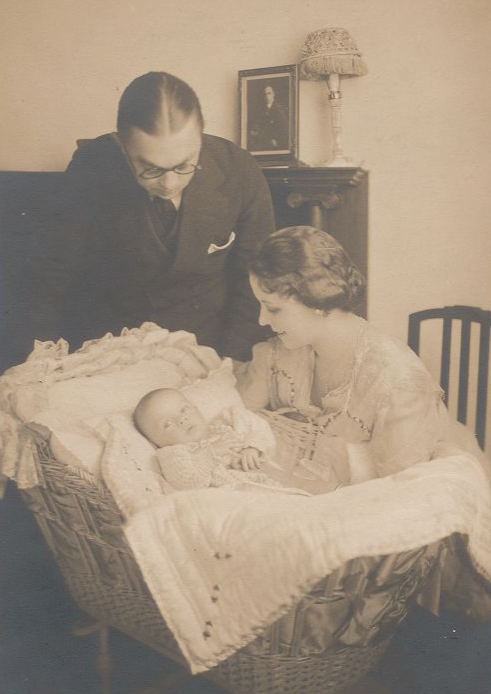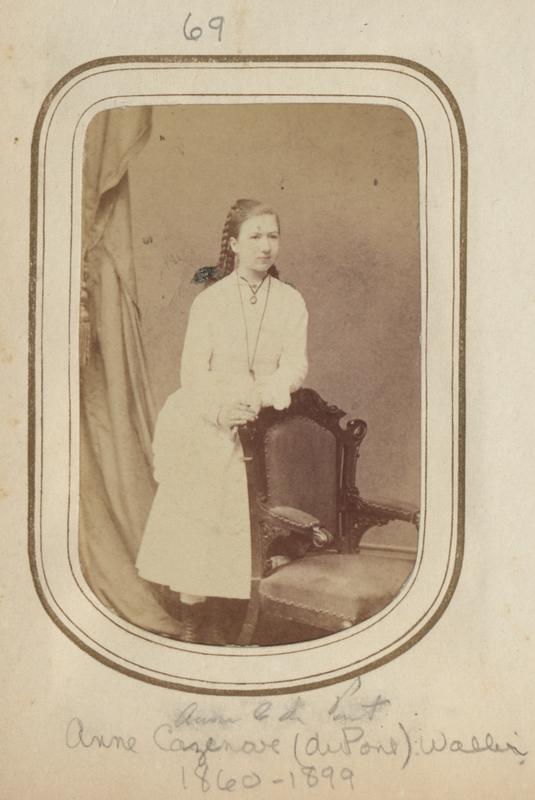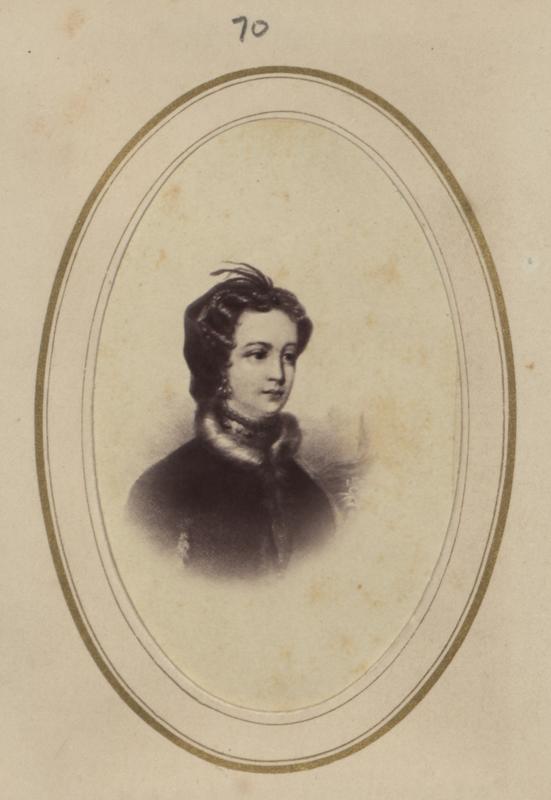Some of the most commercially important advances in the photographic arts came during the final two decades of the nineteenth century. Mass-produced glass negatives manufactured with a light sensitive coating ready to be exposed in the camera became available, allowing those without significant chemistry knowledge to take pictures. These dry plate negatives were less sensitive to light and were able to record moving subjects. The most famous early example is Eadweard Muybridge’s capture of a galloping horse.
The next big advance was the invention of flexible, lightweight photographic film negatives. Not only did these save the photographer from backbreaking excursions carrying heavy equipment, all of the development, picture printing, and mounting were included in the film price. George Eastman, the creator of the Eastman Kodak Company, invented the first film camera. These cameras went on sale to the public in 1888. Hagley Library has an 1889 catalog from Wanamaker's, the famed Philadelphia department store, selling Kodak cameras. The most affordable model captured 2 ½” diameter circular images and was loaded with a length of film for 100 pictures. The film, development, and printing for all 100 pictures cost $10.
A third important development (literally!) was the production of gelatin developing-out paper. For those doing their own printing rather than having it done by Kodak, Wanamaker’s catalog listed two very different photo papers. There was Aristo paper (collodion chloride printing-out paper) as well as the newer bromide paper. These two photographic papers represent a dichotomy in the outward appearance and in the practice of making the print. The Aristo paper was printed by placement in direct contact with the negative while exposing it to light. An image appeared on the paper during this printing-out stage. The bromide paper was significantly different. It could have been contact printed or printed with an enlarger, which projected the negative image onto the light sensitive paper. After exposure to light, the paper had to be chemically developed, at which point the image appeared. This was followed by fixing chemicals to remove residual light sensitive silver salts and then washing in water.
 Both of these types of photographs are composed of silver, but the particles are structurally different. The printing out images are made of smaller spherical particles, and the developed-out images are made of filaments. Image particle shape has an impact on the stability of the image for display. Filamentary silver is more robust and less subject to fading, while images composed of spherical silver are easily damaged by light sources and pollutants. Additionally, the different particle shapes result in markedly different overall image coloration. Printed-out images tend to have a purplish tone, while developed-out images are more typically a neutral black. However, there are always exceptions to these rules!
Both of these types of photographs are composed of silver, but the particles are structurally different. The printing out images are made of smaller spherical particles, and the developed-out images are made of filaments. Image particle shape has an impact on the stability of the image for display. Filamentary silver is more robust and less subject to fading, while images composed of spherical silver are easily damaged by light sources and pollutants. Additionally, the different particle shapes result in markedly different overall image coloration. Printed-out images tend to have a purplish tone, while developed-out images are more typically a neutral black. However, there are always exceptions to these rules!
There are further chemical toning baths that can alter the coloration of photographic images. For instance, sepia toning is a chemical process that changes the image material of developed-out photographs to silver sulfide, resulting in a deep warm brown tone overall. Many people confuse intentionally sepia toned photographs with other types of photographs that have aged badly due to exposure to pollutants. One important difference to look out for is the detail in the highlight or brighter areas of the picture. If there seems to be loss of image information in these lighter areas, the picture is likely faded. Intentionally sepia toned images are extremely stable and don’t typically fade. Notice how this sepia toned portrait of Harry Garner Haskell retains textural detail in all areas of the image.
Developed-out photographs that are untoned can change over time if exposed to acids from wood pulp papers or other pollutants. One example is this family portrait from the early twentieth century. It has changed to a brownish hue, has hazy silver mirroring deterioration, and the highlight areas have lost some detail.

Most photographic prints of the 1850s-1890s are albumen photographs. This printing-out paper incorporated a coating of egg white and could be made light sensitive by the photographer or purchased from suppliers who imported it from Europe. Albumen prints tend to turn yellowish. The albumen portrait below of Anne Cazenove duPont Waller has faded so much that there is a noticeable contrast of dark retouching ink around the hair.

 However, it is possible to find some albumen prints in very good condition, with white highlights and deep purple blacks. This type of preservation may be linked to the use of a gold chloride toning solution during the printing process. This albumen photographic reproduction of a drawing of a lady has some staining of white areas but is otherwise in excellent condition.
However, it is possible to find some albumen prints in very good condition, with white highlights and deep purple blacks. This type of preservation may be linked to the use of a gold chloride toning solution during the printing process. This albumen photographic reproduction of a drawing of a lady has some staining of white areas but is otherwise in excellent condition.
Returning to the Aristo vs. bromide paper options of the 1880s, comparing the number of surviving historical examples, it appears that the printing-out papers won out for the duration of the nineteenth century. Still, the developing-out papers became dominant in the twentieth century. It is unknown why the developing-out process took so long to take hold. Was it a romantic idea of the proper look for a photograph, the emergence of the Pictorialist sensibility, or was it just people holding on to their old ways, using material that didn’t need a darkroom?
Recognizing color tonality in black and white photographs takes a lot of practice at looking and evaluating what you see, but it is important to be able to identify the many photographic processes and their associated technological advancement implications. One great resource for identification and history of photographic prints is Graphicsatlas.org. Now, get out some of your old family photographs and have a go at identification!
Laura Wahl is the Library Conservator at Hagley Museum and Library
